Squirrels in Florida play an important role in the state’s rich and varied wildlife. These quick and curious animals can be seen in many habitats, from urban neighborhoods to deep forests. Spotting and learning about squirrels in Florida opens a window into the vibrant natural world around us.
Florida is home to both native and introduced squirrel species, each adapted to thrive in different environments such as swamps, pine forests, and coastal islands. Knowing how to identify these squirrels helps nature lovers enjoy their unique behaviors and appearances more fully.
In this article, you’ll find detailed descriptions and photos of 8 squirrels in Florida, helping you recognize each one with ease. From common residents like the Eastern Gray Squirrel to less familiar and invasive species, explore the fascinating squirrel diversity across the state.
Common Squirrels in Florida
Eastern Gray Squirrel (Sciurus carolinensis)

The Eastern Gray Squirrel is the most widespread and familiar squirrel species in Florida. It has a sleek coat of gray fur, often with subtle brown tones, and a distinct white underbelly. Its large, bushy tail is a key feature, often used for balance and warmth. Adults typically measure between 16 to 20 inches in total length, including the tail, and weigh around 1 to 1.5 pounds. Their sharp claws and agile movements allow them to navigate tree branches with remarkable ease.
These squirrels are diurnal, meaning they are active during the day, especially during early morning and late afternoon. They are often observed energetically leaping between branches, chasing each other, or burying acorns and other food items. Their behavior is curious and bold; they can become quite tame in urban areas where people feed them. They construct large nests made of leaves, called dreys, high in tree forks, though they may also use tree cavities for shelter and nesting.
Eastern Gray Squirrels have a diverse diet that primarily includes nuts such as acorns, hickory nuts, and walnuts. They also eat seeds, fruits, buds, bark, and occasionally insects or bird eggs. One of their most notable behaviors is food caching—burying nuts and seeds in multiple locations to retrieve them later in winter. Their excellent spatial memory helps them relocate these hidden caches, which also contributes to forest regeneration when some seeds are forgotten.
In Florida, Eastern Gray Squirrels are found statewide in a wide variety of habitats. They thrive in mixed hardwood forests, suburban neighborhoods, parks, and even college campuses and gardens. They prefer areas with mature trees and a good canopy cover. Their adaptability and tolerance of human activity make them one of the most common and recognizable wildlife species across the state.
Fox Squirrel (Sciurus niger)
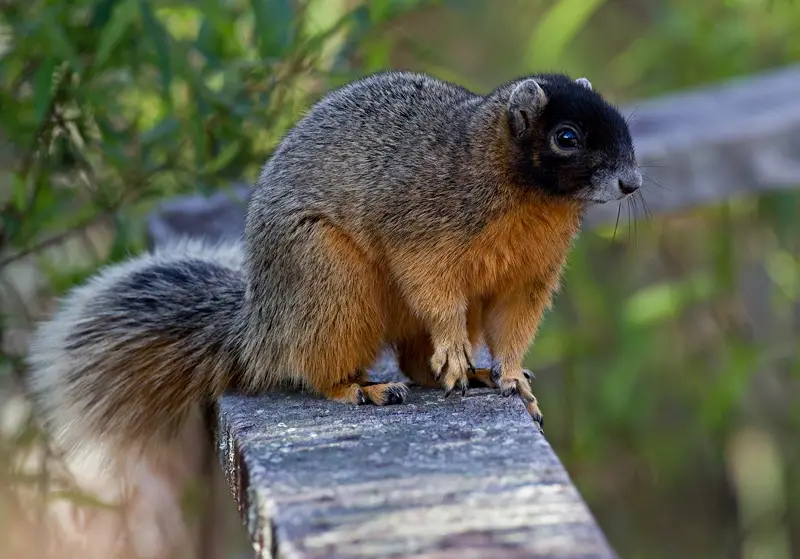
The Fox Squirrel is Florida’s largest tree squirrel and displays strikingly varied coloration depending on the subspecies. Most individuals are a mix of gray, black, brown, and orange, with some even having white noses, ears, or feet. One well-known subspecies in Florida is the Sherman’s Fox Squirrel, which often has a dark head and back with lighter-colored bodies. Adults can reach 20 to 28 inches in length and may weigh up to 2.5 pounds, making them significantly larger than the Eastern Gray Squirrel.
These squirrels are slower-moving and less agile in the treetops compared to their gray cousins but are often seen foraging on the ground. Fox Squirrels are diurnal and solitary, usually feeding alone or in loose territories. They are known for their calm demeanor and will sometimes remain motionless when approached, relying on camouflage. Like other squirrels, they build leaf nests in trees but often nest in tree cavities when available. Mating occurs once or twice a year, and females raise the young alone.
Fox Squirrels primarily eat pine seeds, acorns, hickory nuts, and other hardwood mast. They will also consume fungi, fruits, buds, and even agricultural crops when near farmland. Their large size allows them to handle bigger seeds and cones, and like other squirrels, they practice scatter hoarding—burying food for future use. This behavior helps promote the growth of native plants and trees, especially in pine-dominated habitats.
In Florida, Fox Squirrels are found in various regions depending on the subspecies. Sherman’s Fox Squirrel is mainly located in northern and central Florida, particularly in longleaf pine and sandhill ecosystems. They prefer open pine forests, old fields, and savanna-like habitats where tree cover is broken up by open ground. Due to habitat loss, some subspecies have declining populations and are considered species of concern in parts of the state.
Southern Flying Squirrel (Glaucomys volans)
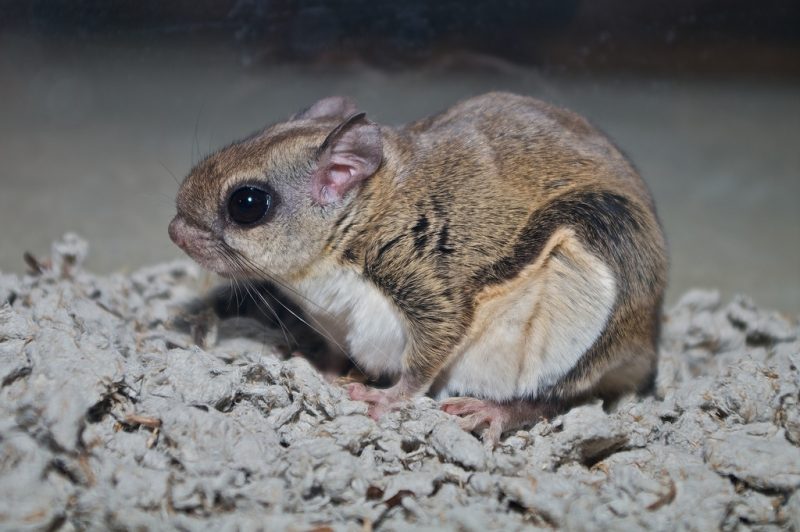
The Southern Flying Squirrel is a small, nocturnal squirrel rarely seen by casual observers in Florida. It has soft, grayish-brown fur with a pale belly and a flat tail. The most unique feature is the patagium, a loose flap of skin stretching between its front and hind legs, which allows it to glide from tree to tree. Adults are small, averaging only 8 to 10 inches in length and weighing about 2 to 3 ounces, making them the tiniest squirrel species in the state.
These squirrels are exclusively nocturnal and highly secretive, making them difficult to observe in the wild. They are very agile in the treetops and can glide over 100 feet in a single leap by spreading their limbs and using their tail as a rudder. They are social animals and often live in groups, especially in colder months when they huddle together for warmth. They nest in tree cavities, abandoned woodpecker holes, or man-made nest boxes.
The diet of Southern Flying Squirrels includes acorns, hickory nuts, berries, mushrooms, and insects. They also eat tree bark, bird eggs, and even small nestlings on occasion. Like other squirrels, they store food for the winter, although their secretive nature makes this behavior less frequently observed. Their feeding habits play an important role in maintaining healthy forest ecosystems, especially by aiding in seed dispersal.
In Florida, Southern Flying Squirrels are found statewide in mature hardwood and mixed pine-hardwood forests. They are most commonly associated with forests that have abundant cavity trees and old snags, which are necessary for nesting. Because they are nocturnal and rarely descend to the ground, their presence is often only confirmed by finding nests or hearing their high-pitched calls at night. Despite their secretive lifestyle, they are relatively abundant where suitable habitat exists.
Eastern Chipmunk (Tamias striatus)

The Eastern Chipmunk is a small ground-dwelling rodent that belongs to the squirrel family (Sciuridae), although it differs significantly from tree squirrels in appearance and behavior. It has reddish-brown fur with five distinctive dark brown or black stripes down its back, separated by lighter tan or grayish stripes. Its tail is relatively short and not as bushy as tree squirrels. Adult chipmunks typically measure around 8 to 10 inches long, including the tail, and weigh between 2.5 to 4 ounces.
Unlike tree squirrels, chipmunks are terrestrial and spend most of their time on or near the ground. They are active during the day and are known for their quick, darting movements. Chipmunks build complex burrow systems underground, where they store food and raise their young. These tunnels often have separate chambers for nesting, food storage, and waste. They are solitary animals except during mating season and when females care for their young.
The Eastern Chipmunk’s diet is varied and includes seeds, nuts, berries, fruits, fungi, and insects. They have expandable cheek pouches which they use to carry food back to their burrows. Like other members of the squirrel family, they gather and hoard food in preparation for winter, although they do not hibernate fully. Instead, they enter a state of torpor and wake occasionally to feed on stored food.
In Florida, the Eastern Chipmunk is considered rare and is only found in the far northern parts of the state, near the Georgia and Alabama borders. They inhabit deciduous woodlands, forest edges, and shrubby areas with ample ground cover. Their range in Florida is extremely limited due to the warmer climate, which is less favorable compared to their preferred temperate habitats further north. Because of this restricted distribution, sightings in Florida are uncommon.
Mexican Gray Squirrel (Sciurus aureogaster)

The Mexican Gray Squirrel is a non-native species introduced to parts of southern Florida, most notably the Lower Florida Keys. It is generally larger than the Eastern Gray Squirrel and exhibits considerable variation in fur color. Some individuals have dark gray or black coats, while others are lighter with brownish or cinnamon tones. Their tails are large and bushy, often matching the body in color but sometimes showing more contrast. Adults can grow to about 17 to 22 inches long, including the tail, and weigh up to 2 pounds.
This species is diurnal and highly adaptable, often thriving in urban and suburban environments where it can exploit food sources such as bird feeders, fruit trees, and garbage. Mexican Gray Squirrels are agile climbers and build leafy nests in tree canopies, similar to native tree squirrels. They are generally solitary but may tolerate others when food is abundant. Due to their size and boldness, they can outcompete native species in some areas.
Mexican Gray Squirrels have an omnivorous diet that includes fruits, seeds, flowers, buds, and small invertebrates. They are known to raid gardens and can sometimes become a nuisance in residential areas. Their foraging habits are opportunistic, and in developed areas, they will scavenge human food waste. Unlike some native squirrels that rely heavily on acorns and hard mast, Mexican Gray Squirrels tend to have a broader dietary range.
In Florida, this species is not naturally occurring and was introduced decades ago. Today, populations are established in specific locations such as Key West and other parts of the Lower Keys. Because of their non-native status and potential to displace native species or cause ecological disruption, they are considered invasive in some regions. Wildlife officials monitor their spread to ensure they don’t threaten local biodiversity, especially in sensitive island ecosystems.
Big Cypress Fox Squirrel (Sciurus niger avicennia)
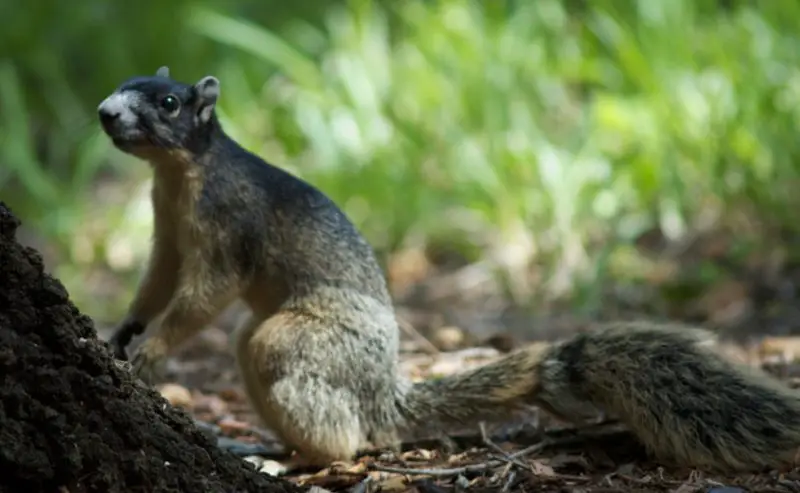
The Big Cypress Fox Squirrel is a native and locally distinct subspecies of the Fox Squirrel, found primarily in Southwest Florida, especially in the Big Cypress Swamp and Everglades region. This squirrel is known for its dark, almost black coat and its white or pale toes, creating a striking contrast in appearance. Adult body length is about 11 inches, not including the tail, which is bushy and adds significant length. This subspecies is generally stockier and more robust than the Eastern Gray Squirrel.
It is diurnal and most active during the cooler hours of the morning and late afternoon. The Big Cypress Fox Squirrel is less arboreal than other squirrels and spends a considerable amount of time on the ground. It is often seen foraging slowly near the bases of cypress trees and palms in wetland forests. Though generally solitary, individuals maintain loose territories and communicate using vocalizations and tail movements.
This squirrel’s diet primarily consists of cypress tree seeds, cabbage palm fruit, saw palmetto seeds, and acorns. It rarely eats insects or bird eggs, preferring hard mast and fruits from the native swamp flora. During the dry season, it may consume fungi and other available vegetation. Like other squirrels, it engages in scatter hoarding behavior, which helps disperse seeds across its habitat.
Due to habitat degradation from development and hydrological changes in South Florida, the Big Cypress Fox Squirrel is considered a species of special concern in Florida. Its preferred habitat—open pine and cypress swamp ecosystems—is shrinking, which threatens its long-term survival. Protection measures focus on conserving key swamp habitats and maintaining wildlife corridors in public lands like Big Cypress National Preserve and Fakahatchee Strand.
Best Time and Places to See Squirrels in Florida
Squirrels in Florida can be spotted year-round thanks to the state’s warm climate, but certain times of day and specific habitats offer better chances for observing them. The most active periods for squirrels are typically during the early morning and late afternoon, when temperatures are cooler and food searching peaks. Midday can be quieter as squirrels often rest in their nests or seek shade to avoid Florida’s intense sun.
Some of the best places to see squirrels in Florida include urban parks, nature preserves, and forested areas with mature trees. City parks like Central Park in Orlando, Lakeside Park in Tampa, and Bicentennial Park in Miami provide ample green space and frequent human visitors who may attract squirrels looking for snacks. These areas often host populations of Eastern Gray Squirrels and occasionally non-native species like the Mexican Gray Squirrel.
For a more natural experience, visit Florida’s state forests and wildlife refuges. The Ocala National Forest and Big Cypress National Preserve are excellent locations to spot native species such as the Fox Squirrel and Big Cypress Fox Squirrel in their natural habitats. These forests offer a mix of pine flatwoods, hardwood hammocks, and wetlands where squirrels forage for nuts, seeds, and fruits.
Island habitats such as Elliott Key in Biscayne National Park are unique spots to see rare or introduced squirrels like the Mexican Gray Squirrel. Because these squirrels often inhabit dense canopy and are wary of humans, patience and quiet observation increase the likelihood of sightings. Bringing binoculars and visiting during calm weather can also enhance the experience.
Overall, consistent early morning or late afternoon visits to wooded parks, forest preserves, and island habitats provide the best opportunities to observe the diverse squirrels of Florida in action.


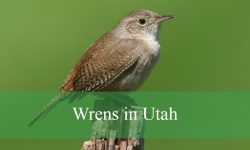

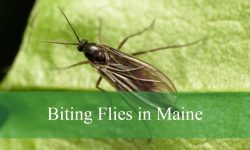
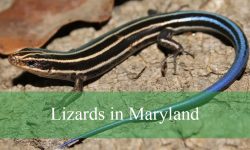

All this is interesting but developing more land into human habitat is making all wildlife scarce.